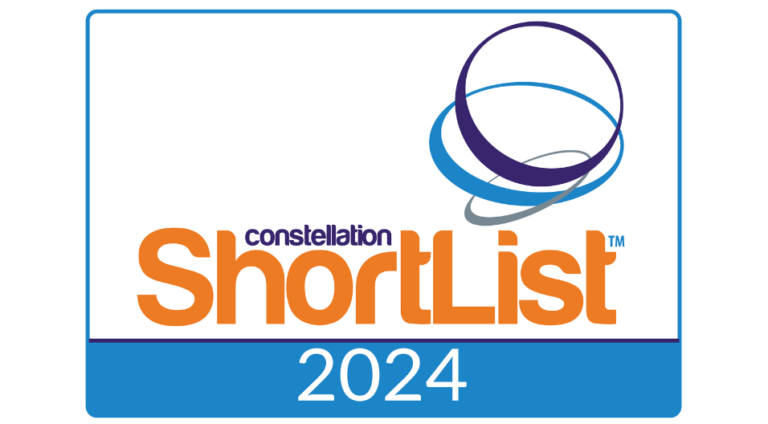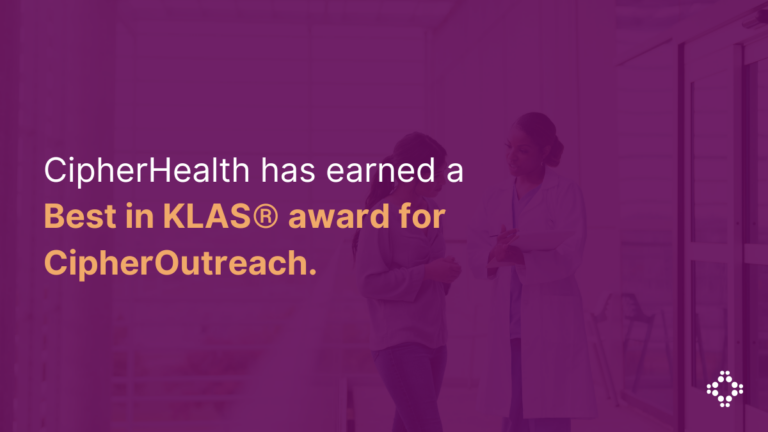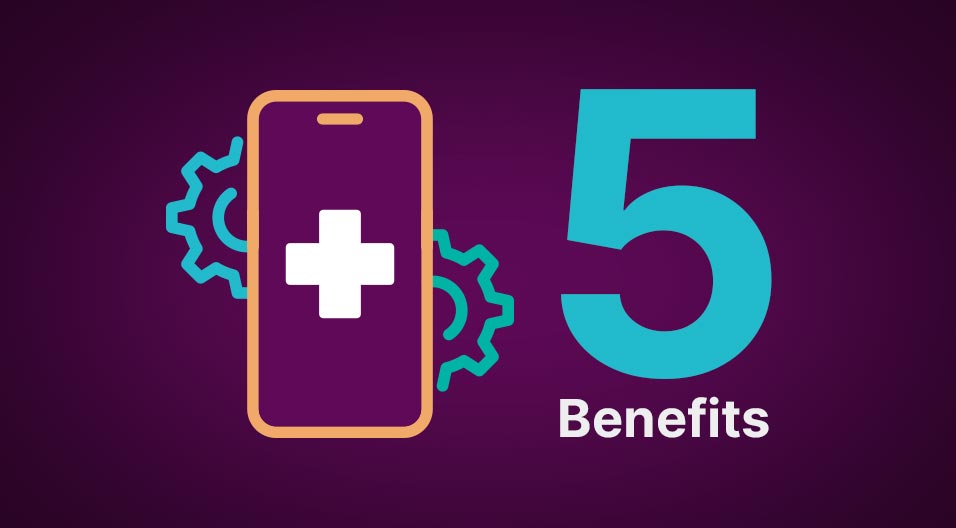It’s critical that patient care extends beyond hospital discharge. However, the period following a patient’s release is often fraught with challenges that can jeopardize their recovery. A common problem is the delay in addressing post-discharge issues, which can lead to higher hospital readmission rates. Patients may struggle to obtain medication, comprehend discharge instructions, make necessary follow-up appointments, and complete other critical tasks key to maintaining their health.
Notably, CipherHealth’s research found a 13% reduction in hospital readmission rates when patients received a follow-up call about an issue within 2 hours. The data, collected from over 100,000 anonymized interactions across our customers, also suggested that a centralized callback team may be advantageous for improving timely follow-up with the patient, which can reduce readmission rates.
By moving to a centralized model, health systems can maximize the impact of their post-discharge follow up programs. At the same time, they can minimize the resources required when that centralized model is paired with proper processes and technology. This is especially crucial during a time of widespread workforce shortages, when remaining staff are challenged to do more with less.
Utilizing automation, centralized outreach consolidates follow-up efforts into a single, streamlined operation and offers health systems the following benefits:
#1 Improving Patient Outcomes
Decentralized follow-up methods can leave patients feeling unsure about their care instructions, leading to poor adherence. This is particularly true if the wait time for a call-back is longer than 2 hours. Centralized outreach addresses this issue head-on, delivering timely follow-up outreach to ensure patients understand their care plan and medication instructions. By addressing common questions and problems before they escalate, health systems can help patients adhere to care plans, stay healthy, and reduce the likelihood of hospital readmissions.
#2 Saving Staff Time and Maximizing Throughput
One of the most significant benefits of centralized outreach is the efficiency it brings. Automating outreach to entire patient populations allows staff to focus on those most in need of follow-up and reduce avoidable readmissions. Additionally, dedicating a centralized team enables frontline staff at the point of care to move off the phone lines and put their focus where it belongs — on admitted patients.
#3 Gaining Actionable Insights
Centralized outreach provides a wealth of data that can be used to gain insights into patient care and outcomes. By closing the loop with post-care surveys (such as Patient-Reported Outcome Measures) and capturing outcomes data, health systems can identify areas for improvement and adjust their strategies accordingly. This data-driven approach ensures that patient care is continually evolving to meet the needs of the population.
#4 Advancing Health Equity
By engaging patients across all demographics, including traditionally marginalized groups, centralized follow-up plays a crucial role in improving health equity. It ensures that all patients receive the follow-up care they need, regardless of their background or circumstances, thereby closing care gaps and promoting a more inclusive healthcare environment.
#5 Building Loyalty and Financial Stability
Outreach that is centralized can not only expedient patient care but also provides substantial financial advantages to health systems. Reducing avoidable readmissions with the proper post discharge follow up can lead to substantial cost savings and protect against penalties from payers. Moreover, personalized follow-up experiences foster patient loyalty, turning one-time patients into lifelong advocates for the health system.
Ultimately, automated post-discharge outreach can be scaled and adapted to meet the changing needs of health systems, and accommodate a growing patient base. In tandem with a centralized outreach model, it can help care teams prioritize timely and efficient follow-up to improve clinical outcomes, reduce costs, and foster long-term loyalty among patients.









